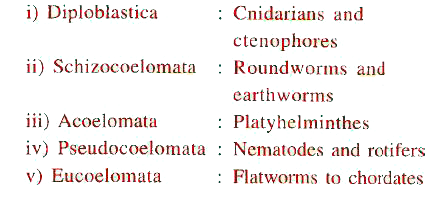Which of the following is correct ?
Valence bond theory explains the colour of the coordination compounds .
[NiCl4]2− is diamagnetic in nature
Ambident ligands can show linkage isomerism .
A bidentate ligand can have four coordination sites .
The correct Answer is:C
To solve the question, we need to analyze the statements provided and determine which one is correct. Let's break down the statements one by one.
1. Statement A: Valence bond theory explains the color of coordination compounds.
- Valence Bond Theory (VBT) does not directly explain the color of coordination compounds. The color is primarily due to the presence of unpaired electrons in the d-orbitals of the metal ion. If there are unpaired electrons, the compound will be colored. Therefore, this statement is incorrect.
2. Statement B: NiCl4^2- is diamagnetic.
- To analyze this, we need to determine the oxidation state of nickel in NiCl4^2-. Nickel in this complex has an oxidation state of +2. The electronic configuration of Ni in its elemental form is (Ar) 3d^8 4s^2. Upon losing two electrons (to form Ni^2+), the configuration becomes 3d^8.
- Chlorine is a weak field ligand and does not cause pairing of electrons. Therefore, the 3d^8 configuration will have unpaired electrons. Specifically, there will be 2 unpaired electrons in the 3d orbitals, making NiCl4^2- paramagnetic, not diamagnetic. Thus, this statement is incorrect.
3. Statement C: Ambident ligands can show linkage isomerism.
- This statement is correct. Ambident ligands have more than one atom that can coordinate to the metal center. For example, thiocyanate (SCN^-) can bind through either sulfur or nitrogen, leading to different isomers. Therefore, this statement is correct.
4. Statement D: A bidentate ligand can have four coordination sites.
- This statement is incorrect. A bidentate ligand can only coordinate through two donor atoms to the metal center. Thus, it cannot have four coordination sites. Therefore, this statement is incorrect.
Conclusion:
The only correct statement among the options is Statement C: "Ambident ligands can show linkage isomerism."
Final Answer:
The correct option is C.
---
- Valence Bond Theory (VBT) does not directly explain the color of coordination compounds. The color is primarily due to the presence of unpaired electrons in the d-orbitals of the metal ion. If there are unpaired electrons, the compound will be colored. Therefore, this statement is incorrect.
- To analyze this, we need to determine the oxidation state of nickel in NiCl4^2-. Nickel in this complex has an oxidation state of +2. The electronic configuration of Ni in its elemental form is (Ar) 3d^8 4s^2. Upon losing two electrons (to form Ni^2+), the configuration becomes 3d^8.
- Chlorine is a weak field ligand and does not cause pairing of electrons. Therefore, the 3d^8 configuration will have unpaired electrons. Specifically, there will be 2 unpaired electrons in the 3d orbitals, making NiCl4^2- paramagnetic, not diamagnetic. Thus, this statement is incorrect.
- This statement is correct. Ambident ligands have more than one atom that can coordinate to the metal center. For example, thiocyanate (SCN^-) can bind through either sulfur or nitrogen, leading to different isomers. Therefore, this statement is correct.
- This statement is incorrect. A bidentate ligand can only coordinate through two donor atoms to the metal center. Thus, it cannot have four coordination sites. Therefore, this statement is incorrect.
The only correct statement among the options is Statement C: "Ambident ligands can show linkage isomerism."
The correct option is C.
Topper's Solved these Questions
- BOOK - NCERT FINGERTPS ENGLISHCHAPTER - COORDINATION COMPOUNDS EXERCISE - HOTS8videos
COORDINATION COMPOUNDS
- BOOK - NCERT FINGERTPS ENGLISHCHAPTER - COORDINATION COMPOUNDS EXERCISE - NCERT EXEMPLAR PROBLEMS14videos
COORDINATION COMPOUNDS
- BOOK - NCERT FINGERTPS ENGLISHCHAPTER - CHEMISTRY IN EVERYDAY LIFE EXERCISE - NCERT Exemplar15videos
CHEMISTRY IN EVERYDAY LIFE
- BOOK - NCERT FINGERTPS ENGLISHCHAPTER - ELECTROCHEMISTRYEXERCISE - Assertion And Reason15videos
ELECTROCHEMISTRY
Similar Questions
Which of the following are correct ?
View SolutionWhich of the following are correct ?
 View Solution
View SolutionWhich of the following are correct ?
View SolutionWhich of the following are correct
View SolutionWhich of the following are correct?
View SolutionWhich of the following are correct?
View SolutionWhich of the following are correct?
View SolutionWhich of the following are correct?
View SolutionWhich of the following are correct?
View SolutionWhich of the following are correct?
View Solution

